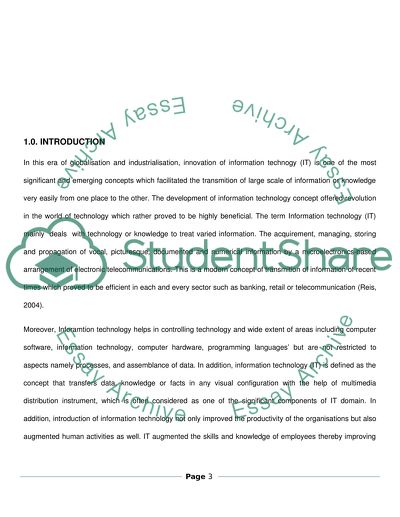Cite this document
(“Can Information Technology change Organisational Behaviour Essay”, n.d.)
Retrieved from https://studentshare.org/information-technology/1395687-can-information-technology-change-organisational
Retrieved from https://studentshare.org/information-technology/1395687-can-information-technology-change-organisational
(Can Information Technology Change Organisational Behaviour Essay)
https://studentshare.org/information-technology/1395687-can-information-technology-change-organisational.
https://studentshare.org/information-technology/1395687-can-information-technology-change-organisational.
“Can Information Technology Change Organisational Behaviour Essay”, n.d. https://studentshare.org/information-technology/1395687-can-information-technology-change-organisational.


